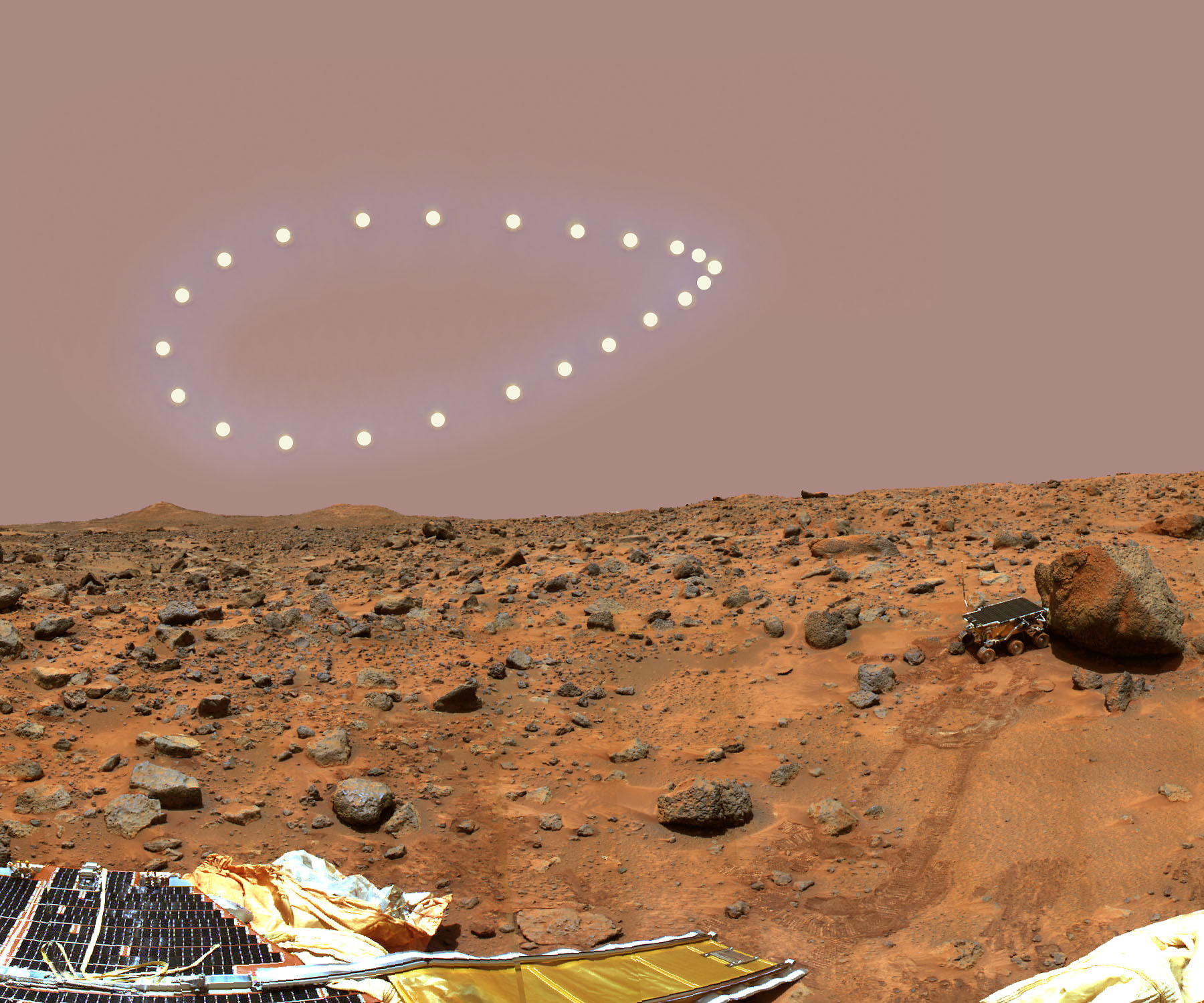My name is Chris, I am a junior and I'm taking an Astronomy class in my high school. For a homework assignment, I have to explain how the Sun would move across the sky from September 1st through September 30th (assuming that the weather allows viewing)
For example:
In this picture the 
sun is facing west. If I were to take a picture of this same area at the same time every day for the whole month, How would the sun change? Would it go east? Would it go lower in the sky?
I, being a new student to Astronomy, honestly have no clue.
Thank you and if you need any more info please leave a comment.



